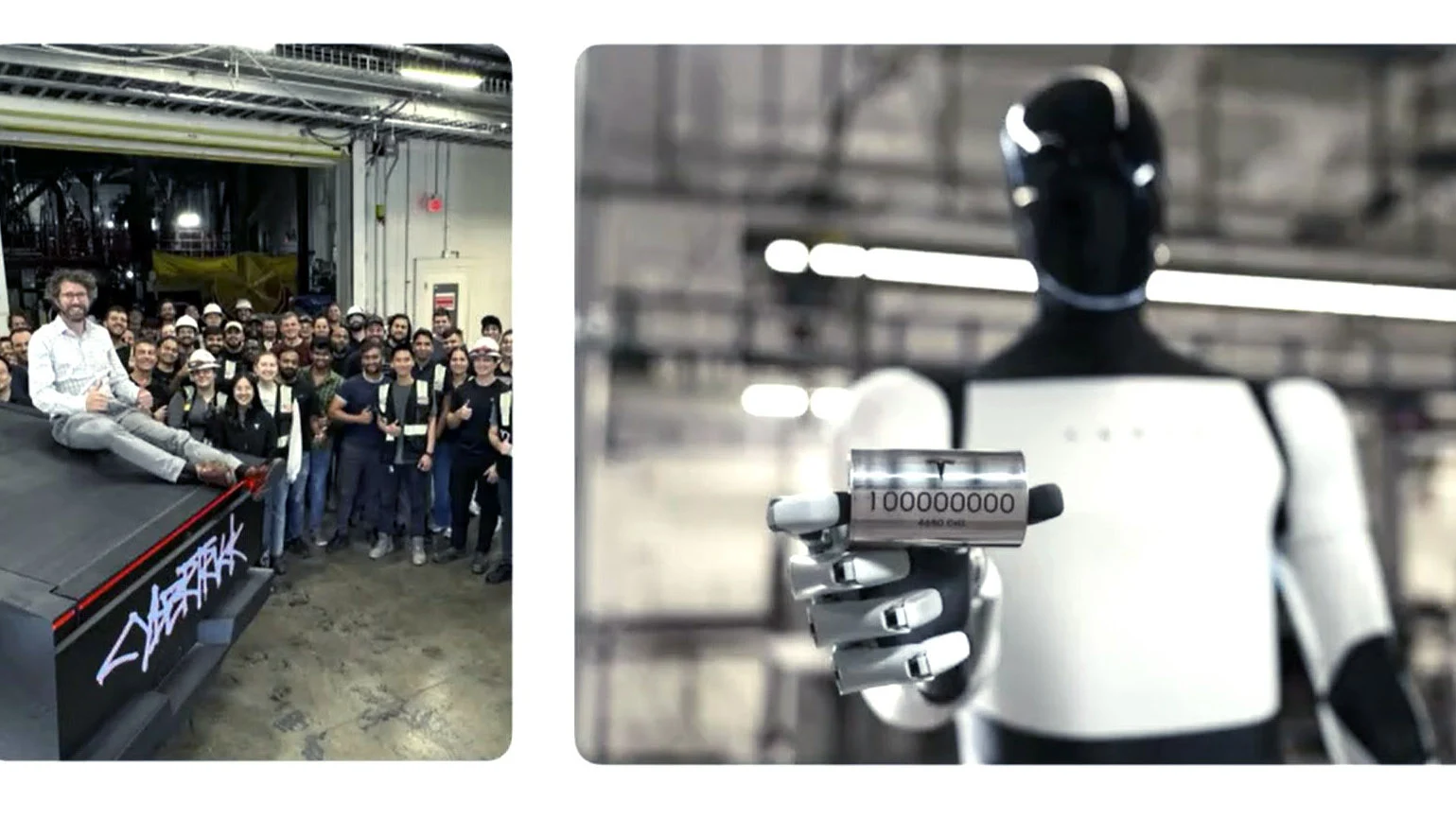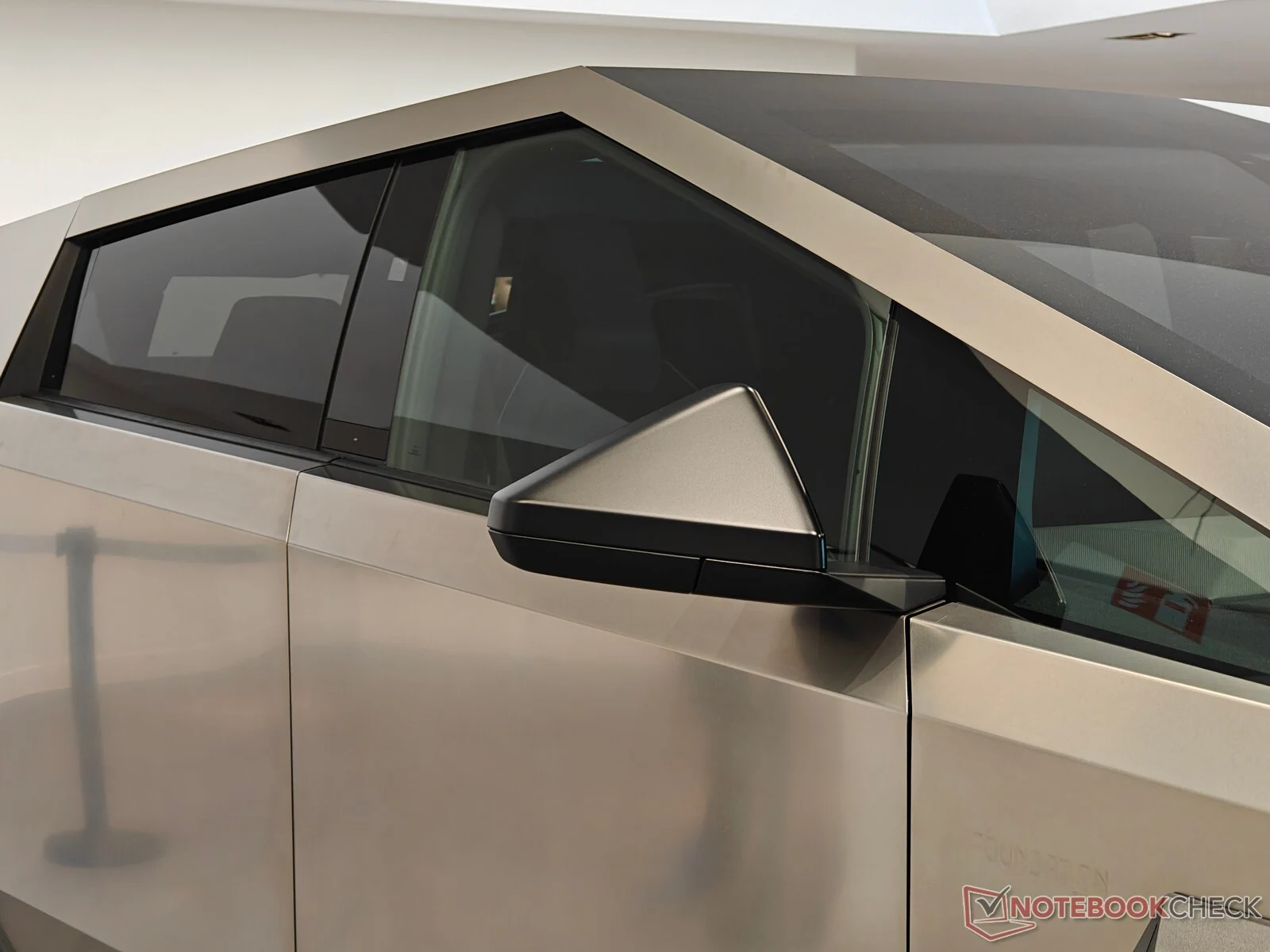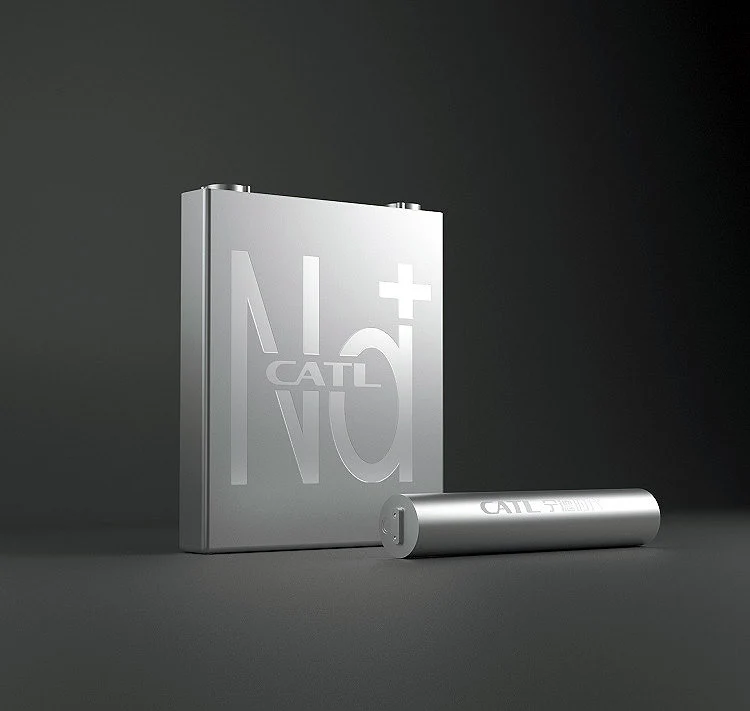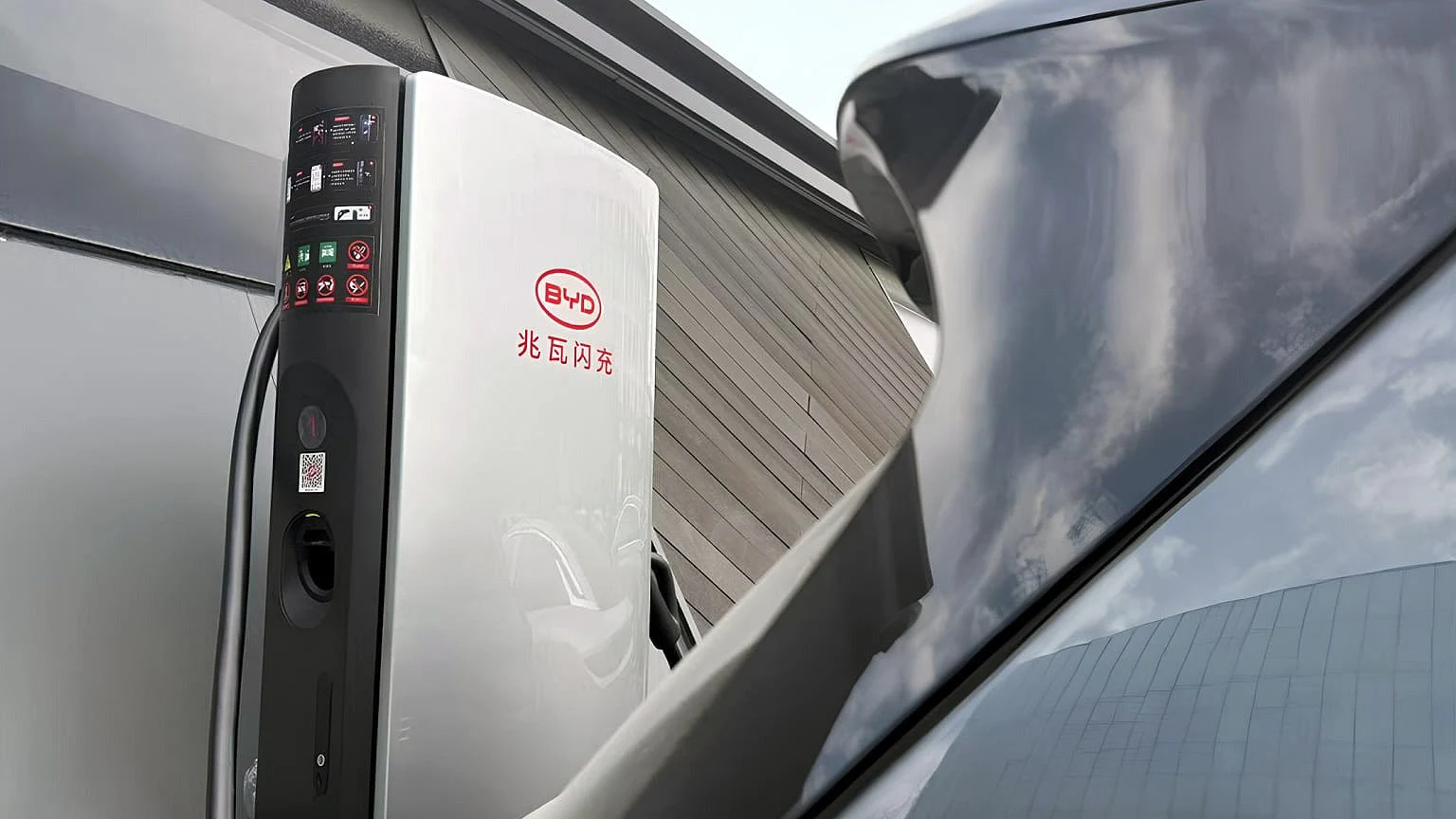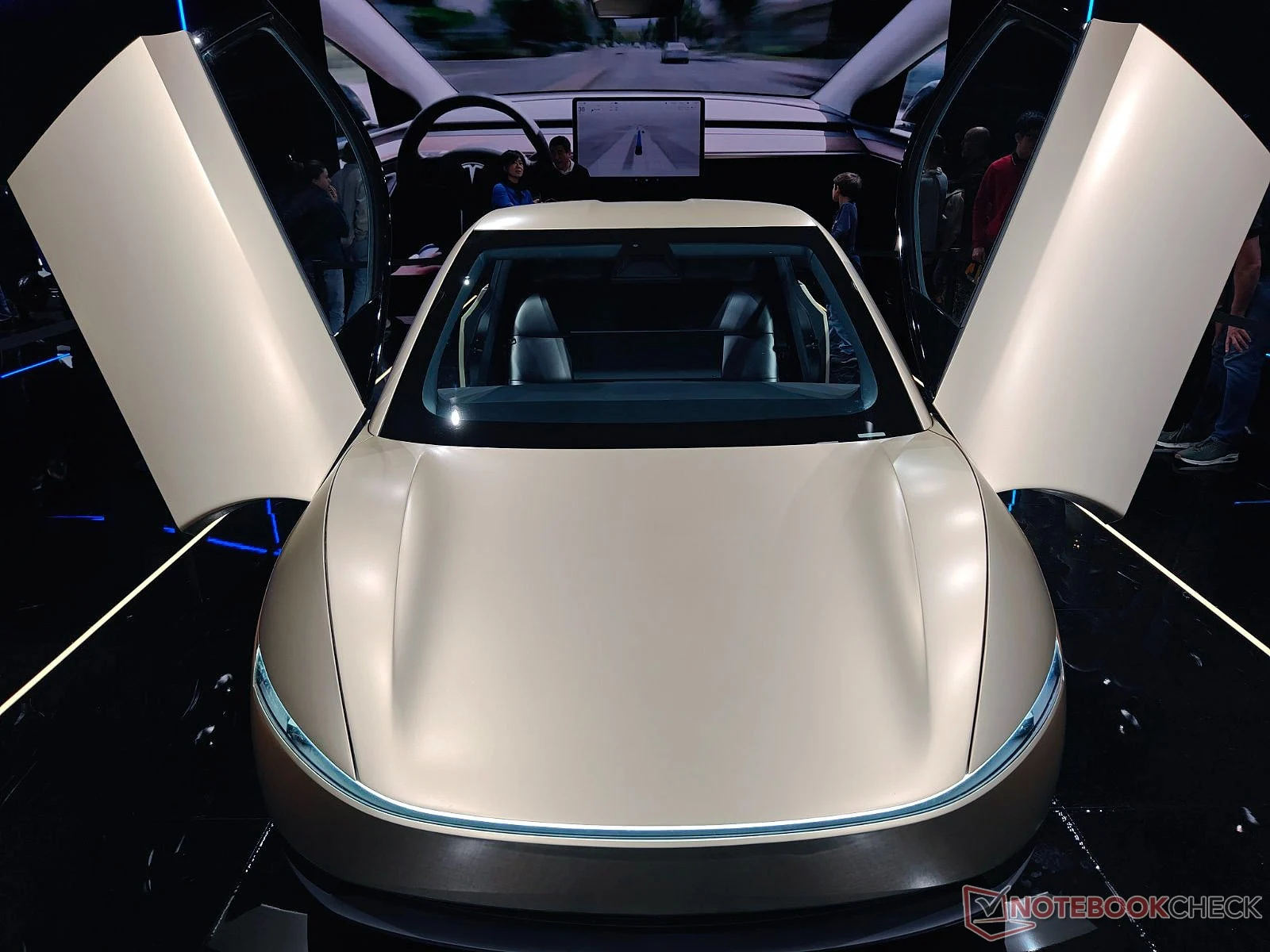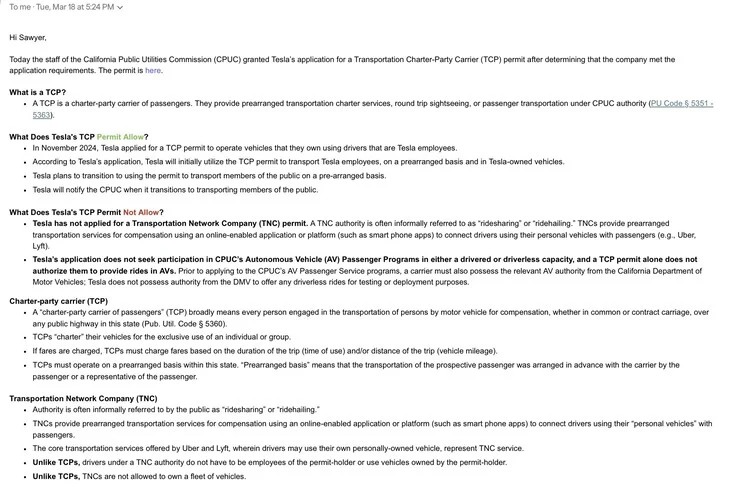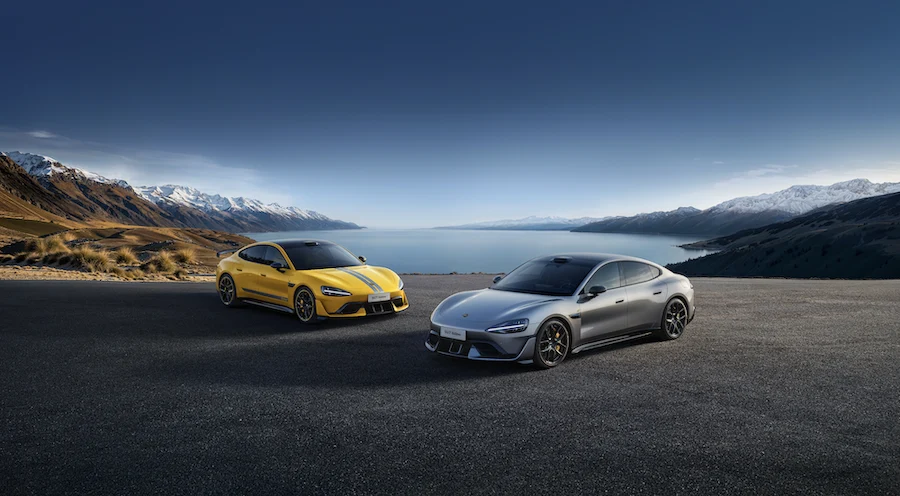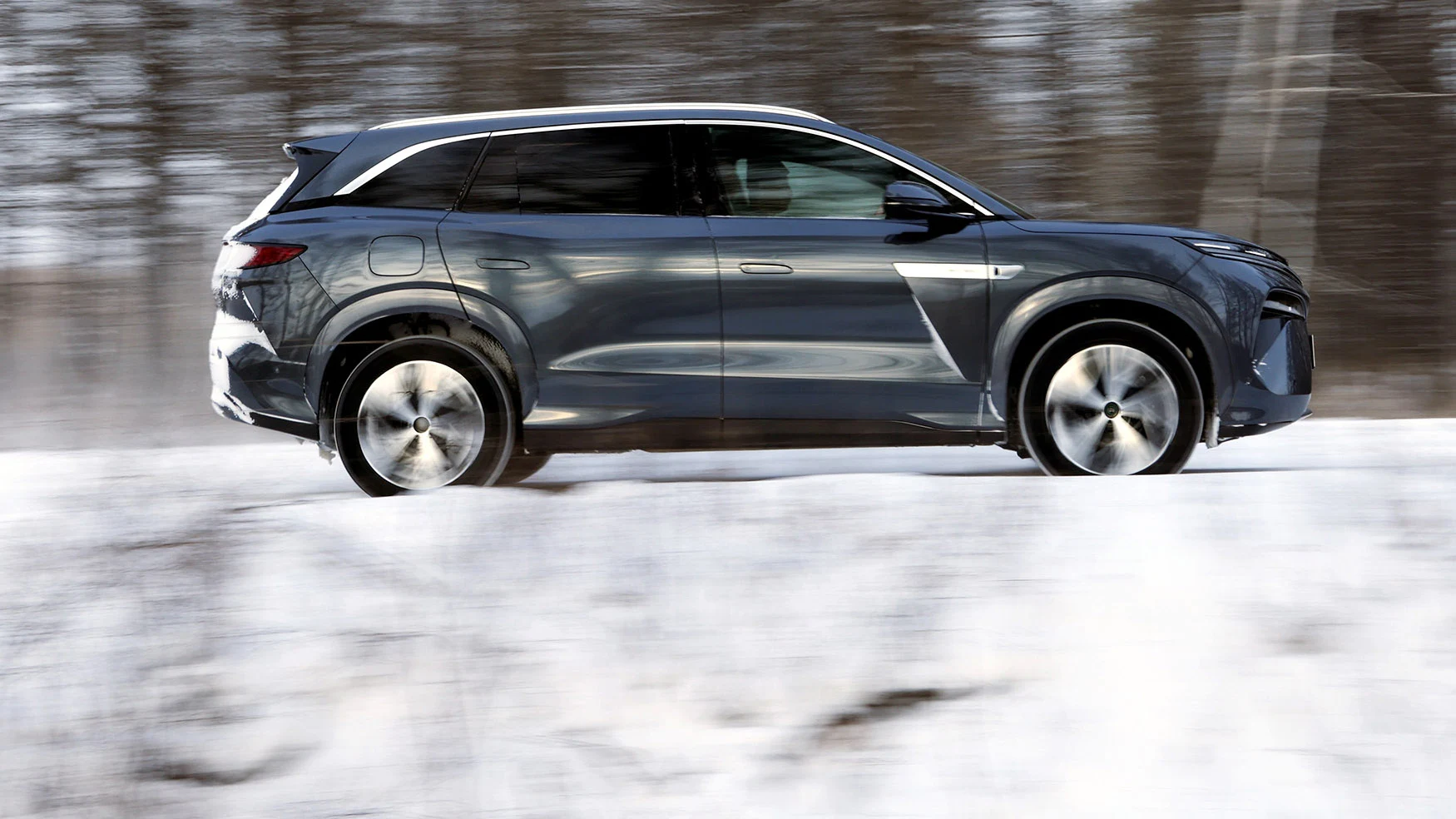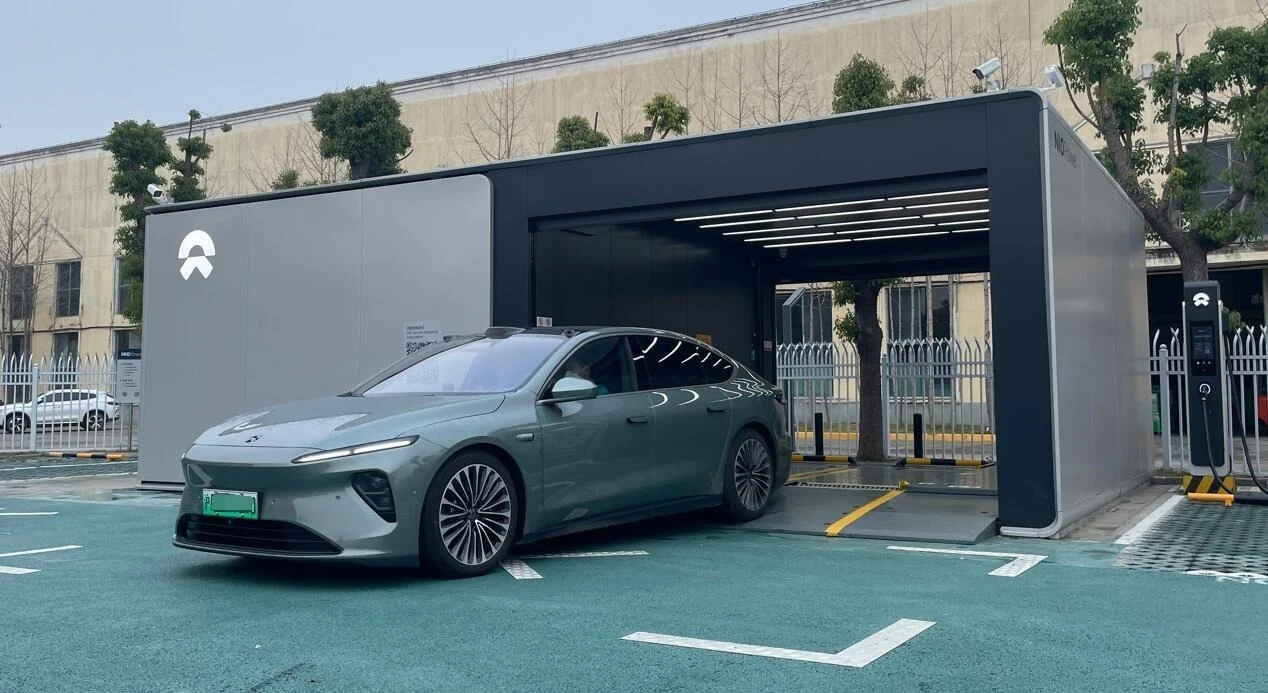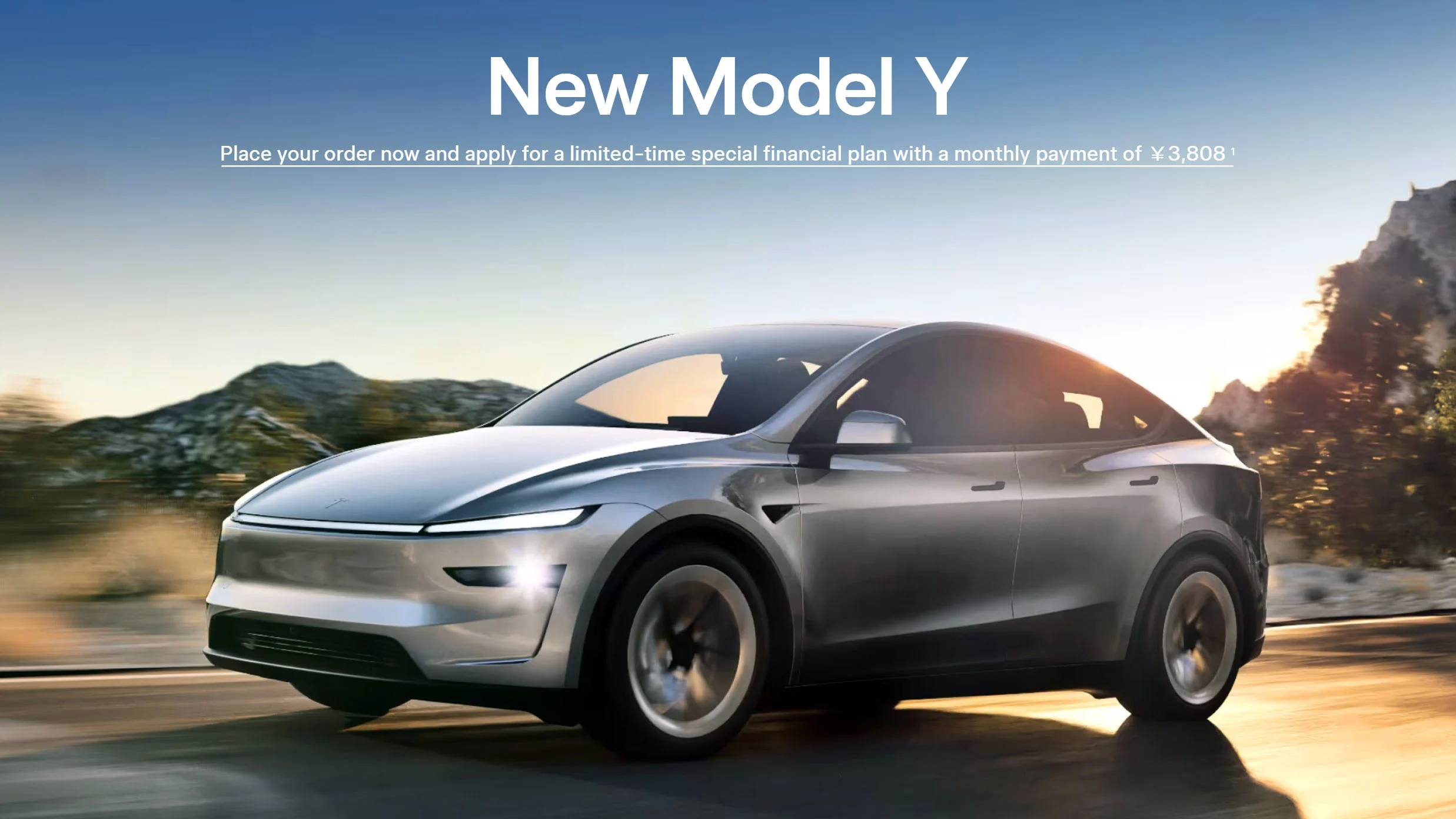Key Takeaways
1. Elon Musk announced that Tesla’s 4680 battery cells are now the most affordable to produce globally on a per kWh basis.
2. The upcoming RWD Cybertruck launch is positively impacted by potential IRA subsidies, which may last until 2032.
3. There is confusion regarding the status of mass production for the 4680 battery cells, as earlier demonstrations were only proof of concept.
4. Challenges remain in implementing the dry cathode production method, which has faced significant issues with machinery and production viability.
5. Future testing is needed to determine if the new cells will resolve thermal efficiency issues that affect charging speeds.
Elon Musk recently took the stage at an all-hands meeting to inspire employees, asserting that Tesla’s 4680 battery cells are now the most affordable to produce globally on a per kWh basis.
It’s not entirely clear if Musk was referencing the 4680 battery’s cost with the generous made-in-America federal subsidy of up to $45/kWh, as outlined in the Inflation Reduction Act (IRA), or if he was speaking about the cost without any subsidies.
Positive Outlook for Cybertruck
Regardless, this news is promising for the upcoming price of the RWD Cybertruck, which is set to launch later this year. The IRA subsidies are expected to last until 2032, unless the new Trump administration decides to discontinue them, which seems to be their current plan.
To support Musk’s statements, Bonne Eggleston, the head of Tesla’s battery division, confirmed that the company will begin mass production of Cybertruck 4680 cells using the economical dry cathode process “in a couple of months.”
Confusion Over Production Status
However, there’s some confusion regarding these announcements. Tesla had previously showcased the first Cybertruck utilizing the innovative dry-cathode 4680 battery back in July of last year. It now appears that this was merely a proof of concept and that Tesla was not prepared to mass-produce 4680 cathodes using the quicker, more cost-effective method at that time.
Tesla has faced challenges for several years in delivering what it promised on Battery Day 2020, aiming for a 50% reduction in manufacturing costs with the 4680 battery. Most of the cost reductions so far have come from the efficiency of the packaging inherent to the 4680 design, as the cells are larger and fewer in number, which lowers the required welding points and allows for structural use in the chassis.
Challenges in Dry Cathode Production
Nevertheless, the so-called dry cathode production method, which can reduce the cost of a 4680 cell by 20%-30% as it avoids the baking of electrodes with toxic solvents, has been difficult to implement. Tesla acquired the technology from Maxwell, but it turned out to be unsuitable for large-scale production due to significant issues with the rolling machines needed for applying the dry coating. These machines frequently broke down, resulting in less than a third of the production being viable, in stark contrast to the industry standard rejection rate of just 2%.
To validate Musk’s claim that the 4680 battery is now the cheapest per kWh, Tesla must have either improved the dry coating cathode machines significantly or found other ways to reduce costs sufficiently so that federal subsidies brought the price below what qualifies as the “cheapest battery.”
In any case, the company anticipates starting mass production of the dry cathode 4680 battery for the Cybertruck in the upcoming months, with a record output planned at Giga Nevada, at which point a more affordable RWD Cybertruck might be introduced.
Future Testing Needed
It remains to be seen whether the new cells will face the same thermal efficiency issues as the current ones, which hinder the Cybertruck from quicker charging, despite its 800V architecture.
Source:
Link

